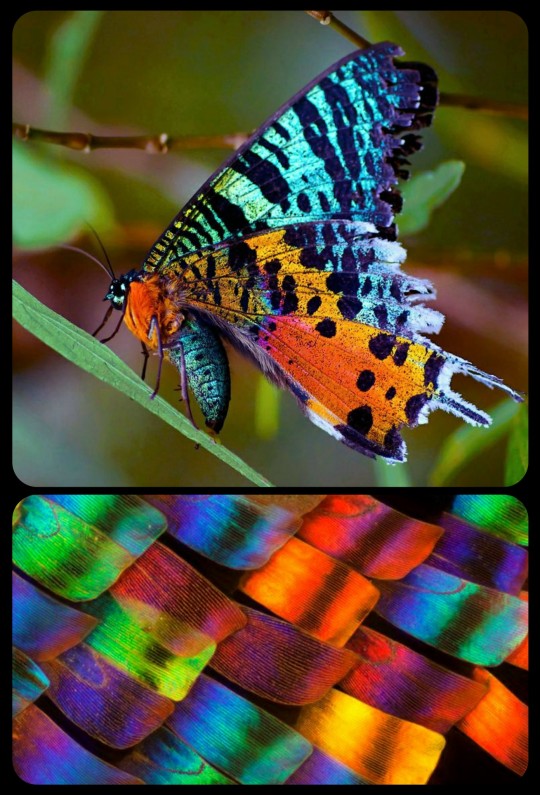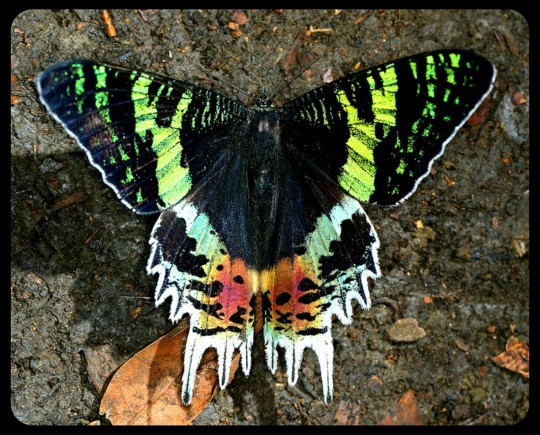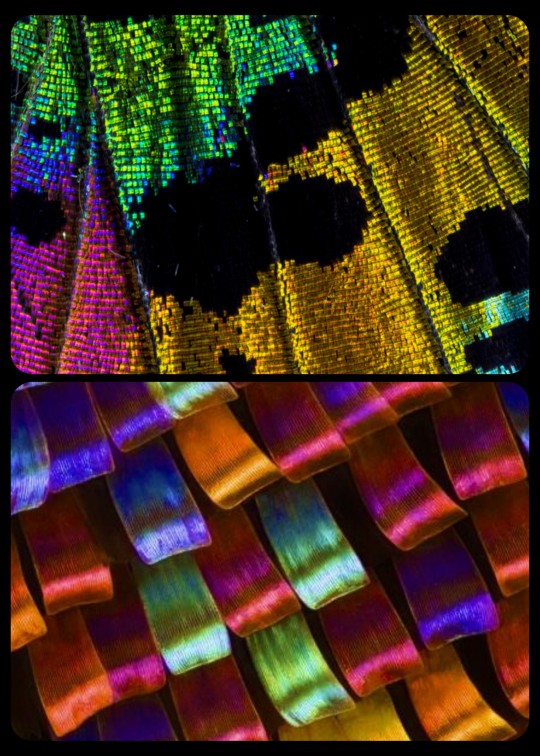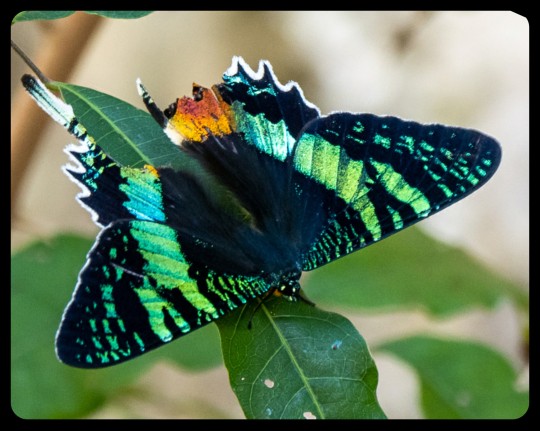#The Academy of Natural Sciences
Explore tagged Tumblr posts
Text




Please do not touch 🦖 Dinosaurs may bite
1 note
·
View note
Text
Scouts Winter Camp-in ‘Night in the Museum’
January 28th, 2023 – Amogh and his dad headed out on an hour drive to ‘The Academy of Natural Sciences’, Philadelphia for their first ever Scouts Winter Camp-in. Pack 17 had exclusive access to the museum facilities including overnight camping at the museum. Themed as “Night in the Museum”, fun filled and adventurous itinerary included: Welcome presentation in the auditorium by the museum…

View On WordPress
#Boy scouts of America#BSA#Kids#Night in the Museum#Northern NJ Council#Scouting#Scouts#Scouts life#The Academy of Natural Sciences#Winter camp in#Wolf scouts
1 note
·
View note
Text





I designed posters and some merch/related items for a fake museum exhibit at the Academy of Natural Sciences! I also redesigned the logo for extra credit (and think it’s much cooler than the original).
The museum used to have a butterfly exhibit, so I felt that focusing on them again for a new exhibit would be okay despite the major focus being on dinosaurs. There’s a lovely stained glass mural piece in the museum that inspired the idea of Stained Glass Butterflies.
I settled on designing tickets, gift shop bags, cafe cups, and a tote bag based around this exhibit. I might add a few more ideas to the line, depending on the time and motivation I have. I’m definitely printing off some sticker sheets of the butterflies I made, but I also might paint some of the designs on a shirt if I can find a good piece while thrifting.
I entered this project into LOCALLY SOURCED, a competition in Philadelphia and the surrounding states! I won’t know till between October 18th and November 17th if I made it in. It’d be cool to see my work in a magazine with other incredibly talented college designers.
I hope you guys like this set of products I made!
PS, I do accept support and donations through the following links:
Kofi
Cashapp
PayPal
#artists on tumblr#my art#art student#graphic design student#graphic designer#graphic design#poster#poster design#academy of natural sciences#Philadelphia artist#Philadelphia designer#college student#graphic design project#logo redesign#butterfly#locally sourced phl#mockup#graphic design mockup#bowlofqueso
36 notes
·
View notes
Text

#tag yourself#wetlands#ecology#ecologist#ecology memes#environmental memes#california academy of the sciences#nature#naturalist#mine#wildlife biology#wildlife#bog#mangrove#marsh#peatland#swamp#vernal pool
82 notes
·
View notes
Text


Halloween Frightnight
California Academy of Sciences, San Francisco CA
#nature#california#bayarea#ocean#photography#starfish#amatuer photography#ocean aesthetic#aesthetic#halloween#fright night#aquarium#sanfrancisco#curators on tumblr#october#california academy of sciences
20 notes
·
View notes
Photo

Lions Are Extinct In 26 Countries In Africa
Photographer: Kevin Pluck
PROCEEDINGS OF THE NATIONAL ACADEMY OF SCIENCES,
#kevin pluck#photographer#the national academy of sciences#lion#animal#cat#mammal#wildlife#nature#africa
40 notes
·
View notes
Text
I want to know more
At the Academy of Natural Sciences of Drexel University, we have a Chasmosaurus skeleton.

And it has pretty awesome bone pathology. It's got arthritis in its thumbs, damage to its lower back from a crushing injury, and it's left eye-horn is very gnarly.
But trying to find more information on a specific specimen of something not called Tyrannosaurus is extremely difficult for a layman. Anyone got any leads on what the specimen is even called? I want to learn more about its bone pathology, darn it!
104 notes
·
View notes
Text
Guarda: The Ritual Aspects of Ukrainian Beekeeping from Uliana Movna via EtnoAntropologia; Ethnology Institute of National Academy of Sciences of Ukraine Department of Historical Ethnology
#Guarda: The Ritual Aspects of Ukrainian Beekeeping#Uliana Movna#EtnoAntropologia#Ethnology Institute of National Academy of Sciences of Ukraine#Department of Historical Ethnology#Religion & Magic#Natural Connections#Links To Read
3 notes
·
View notes
Text
Scientists discover water inside glass beads on the Moon
27 March 2023

The Moon has an estimated 270 trillion kilograms of water stored inside tiny glass beads that "explorers of tomorrow" can extract and use, a new study says.
Researchers have discovered water inside glass beads formed by violent collisions of space rocks with the surface of the Moon, suggesting their potential use by "future explorers."
The amount of water stored in the beads is estimated to be around 270 trillion kilograms, according to the study published in the Nature Geoscience journal on Monday.
Their discovery is in line with recent missions over the last few decades that have shown that the Moon is not dry, contrary to the long-standing belief that it is devoid of water.

How are these glass beads formed?
The study by the Chinese Academy of Sciences studied 117 glass beads collected from the Moon's surface in 2020 during China's robotic Chang'e 5 mission.
The Moon, which lacks the protection of the atmosphere, is bombarded by tiny meteorites resulting in the formation of glass beads.
The heat generated by the impact melts the surrounding surface material, which cools into the beads.
How are the water molecules formed?
Water, which consists of hydrogen and oxygen molecules, gets stored in the beads, which act like a sponge for the molecules.
The solar wind is a flow of charged particles emitted from the Sun's atmosphere across the Solar system.
The hydrogen required to make the water molecules comes from the solar winds, according to Mahesh Anand, co-author of the study and a professor at UK's Open University.
Oxygen, on the other hand, makes up nearly half of the Moon and is trapped inside rocks and minerals.

A viable option for the future?
Mild heat of around 100 degrees Celcius (210 Fahrenheit) is enough to extract water from the beads, according to Anand.
The researchers said that a sustainable water cycle on the Moon might exist due to the interaction of the solar winds with the lunar surface.
Other planets and bodies in the solar system, such as Mercury, might also have this solar wind-generated water.
"Water is the most sought-after commodity for enabling sustainable exploration of planetary surfaces," said planetary scientist Sen Hu, another co-author of the study.
"Knowing how water is produced, stored, and replenished near the lunar surface would be very useful for future explorers to extract and utilize it for exploration purposes," Hu said.
aa/jcg (Reuters, afp)

7 notes
·
View notes
Text
youtube
Welcome to My Little Explorer's Academy! In this exciting episode, we dive into the fiery world of volcanoes. 🌋 Kids will learn how volcanoes are formed, what causes them to erupt, and why they are one of Earth's most powerful natural forces. Through fun, storybook-style narration, we make complex science simple and exciting for young minds!
#volcanoes for kids#science for kids#educational videos for kids#learning about volcanoes#kids science adventure#volcano eruption#earth science for kids#fun facts for kids#science exploration for children#natural wonders#volcanoes explained#My Little Explorer's Academy#Youtube
1 note
·
View note
Text
Happy 59th Birthday to Academy Award Winning, 2x BAFTA Winning, 3x Golden Globe Winning, 4x Saturn Award Winning, 3x SAG Award Winning, Emmy Nominated actor Robert Downey Jr.! ^__^
#geek#film#blog#happy birthday#actor#pop culture icon#academy award winner#tv#robert downey jr#oppenheimer#chaplin#charlie chaplin#tropic thunder#tony stark#marvel mcu#sherlock holmes#less than zero#back to school#weird science#natural born killers#bowfinger#kiss kiss bang bang#zodiac#geek with clip ons#i review stuff#irs
0 notes
Text
Academic publications use proper citations (OR untranslated names) when describing texts published pre-1800s challenge, level: impossible. APPARENTLY.
#claiming a text written in France ca 1687 is about this subject is all well and good but i don't know what text you're referring to if you-#-only mention the English translated name (which is “natural history”) and nothing else#“published by the royal academy” OKAY WHERE THOUGH#what's it actually called#grr#bsc blues#natural history#science history
0 notes
Text
“I loathe that word ‘pristine.’ There have been no pristine systems on this planet for thousands of years,” says Kawika Winter, an Indigenous biocultural ecologist at the University of Hawaiʻi at Mānoa. “Humans and nature can co-exist, and both can thrive.” For example, in the Proceedings of the National Academy of Sciences (PNAS) in April, a team of researchers from over a dozen institutions reported that humans have been reshaping at least three-quarters of the planet’s land for as long as 12,000 years. In fact, they found, many landscapes with high biodiversity considered to be “wild” today are more strongly linked to past human land use than to contemporary practices that emphasize leaving land untouched. This insight contradicts the idea that humans can only have a neutral or negative effect on the landscape. Anthropologists and other scholars have critiqued the idea of pristine wilderness for over half a century. Today new findings are driving a second wave of research into how humans have shaped the planet, propelled by increasingly powerful scientific techniques, as well as the compounding crises of climate change and biodiversity loss. The conclusions have added to ongoing debates in the conservation world—though not without controversy. In particular, many discussions hinge on whether Indigenous and preindustrial approaches to the natural world could contribute to a more sustainable future, if applied more widely.
3K notes
·
View notes
Text
The Madagascan Sunset Moth: these moths are often mistaken for butterflies, thanks to their colorful, iridescent appearance

The scientific name of this species is Chrysiridia rhipheus, but it's commonly known as the Madagascan sunset moth. These gorgeous day-flying moths can be found only in Madagascar.

Above: a dorsal view of the same species
The Madagascan sunset moth has a strikingly colorful appearance, especially when its underwings are exposed, as a rainbow-like effect is produced by the iridescent scales that cover the underwings (and appear in smaller sections on the dorsal side of the wing).

Above: some of the iridescent scales on the underwings of Chrysiridia ripheus, as seen through a scanning electron microscope
The markings on the dorsal side are primarily black, with some patches of iridescent green, blue, and red. A "fringe" of white scales can also be seen along the edge of each wing; these are especially prominent on the hindwings.

Above: the dorsal patterns are visible only when the wings are left open
Like most day-flying moths, the adults of this species will often feed on nectar. Their caterpillars are known to consume Omphalea plants, which are toxic; those toxins are sequestered by the caterpillar and then retained through the pupal and adult stages of development, which means that the adult moth is toxic. Their colorful appearance is likely aposomatic, deterring predators by signaling that the moth itself is toxic.

Above: a magnified view of the white scales that outline the hindwings
Sources & More Info:
Navsari Agricultural University: Sunset Moth: the most beautiful insect
Oxford University Museum of Natural History: Madagascar
Moth Identification Guide: Madagascan Sunset Moth
California Academy of Sciences: Sunset Moth
Optica: Polarization-Sensitive Color Mixing in the Wing of the Madagascan Sunset Moth
Wikipedia: Chrysiridia rhipheus
#entomology#lepidoptera#madagascan sunset moth#chrysiridia rhipheus#arthropods#moths#insects#urania rhipheus#animal facts#sunset moth#bugs#cool animals#colorful moths#madagascar#aposomatic coloration#moths are amazing#and beautiful#don't let anyone tell you otherwise
509 notes
·
View notes
Text
Lighting up our nightscapes can make plants tougher to chew on, forcing insects to find food elsewhere or go hungry, a new study finds. This could be contributing to the worldwide decline in insects and have flow-on impacts on entire ecosystems, according to a team of researchers from the Chinese Academy of Sciences. "We noticed that, compared to natural ecosystems, tree leaves in most urban ecosystems generally show little sign of insect damage," explains environmental scientist Shuang Zhang. "We were curious as to why."
Continue Reading.
#Science#Insects#Plants#Biology#Ecology#Trees#Styphnolobium Japonicum#Japanese Pagoda#Fraxinus Pennsylvanica#Green Ash#China
502 notes
·
View notes
